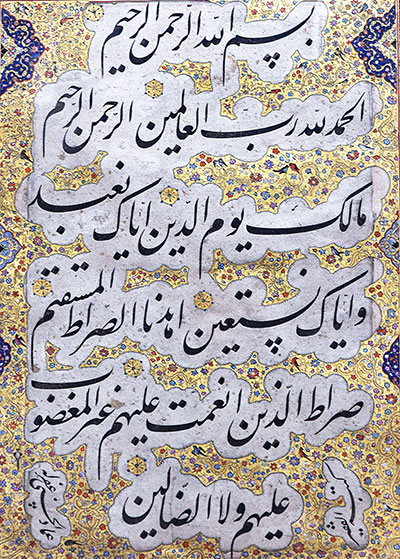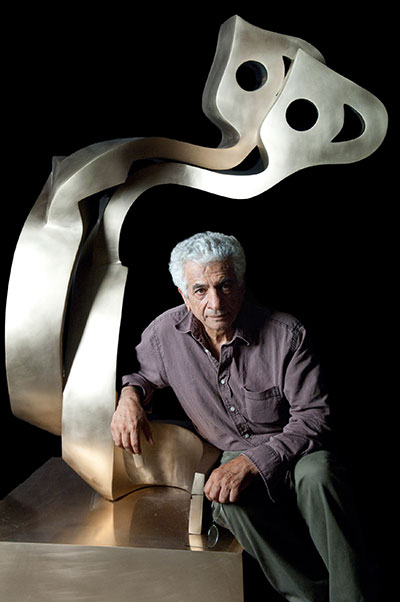In Europe, the development of printing from the middle of the 15th century caused hand-copied books to disappear. In the East, the importance of calligraphy delayed the spread of printing, and even after the adoption of printing techniques (in the 19th century), printed books did not make the art of beautiful writing disappear.
Today, calligraphers, professionals or amateurs, continue an age-old art, where technique is not dissociated from good manners, where writing well is synonymous with culture, where the symbolism of writing is united with a spirituality. Some calligraphers perpetuate traditional styles, notably nastaliq, a dancing and complex writing, often written diagonally, mainly used to write Persian; others are renewing calligraphy by associating its techniques with avant-garde aesthetics, by using calligraphic styles in a contemporary graphic sense. Calligraphy is, along with carpets, the main living heritage of Iran.

